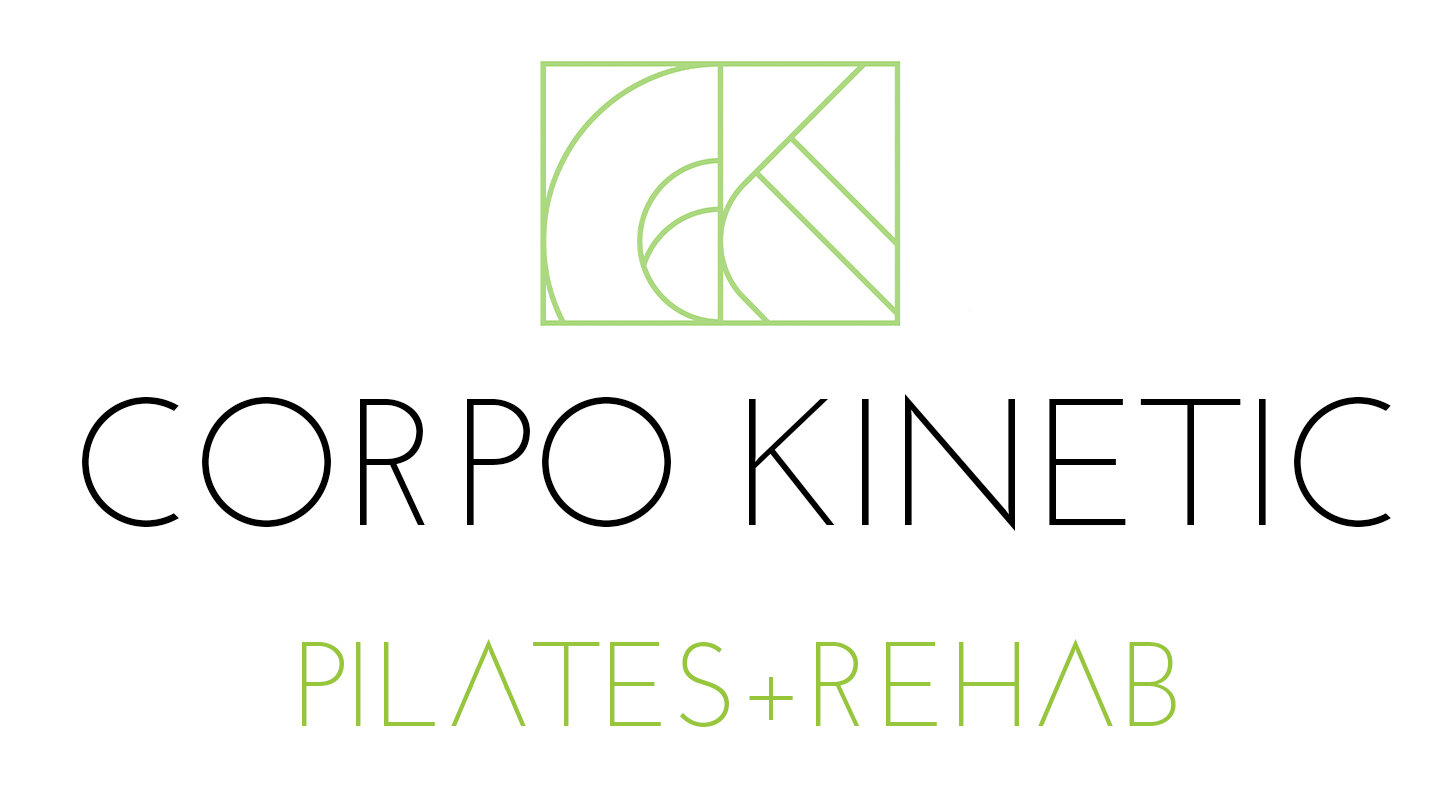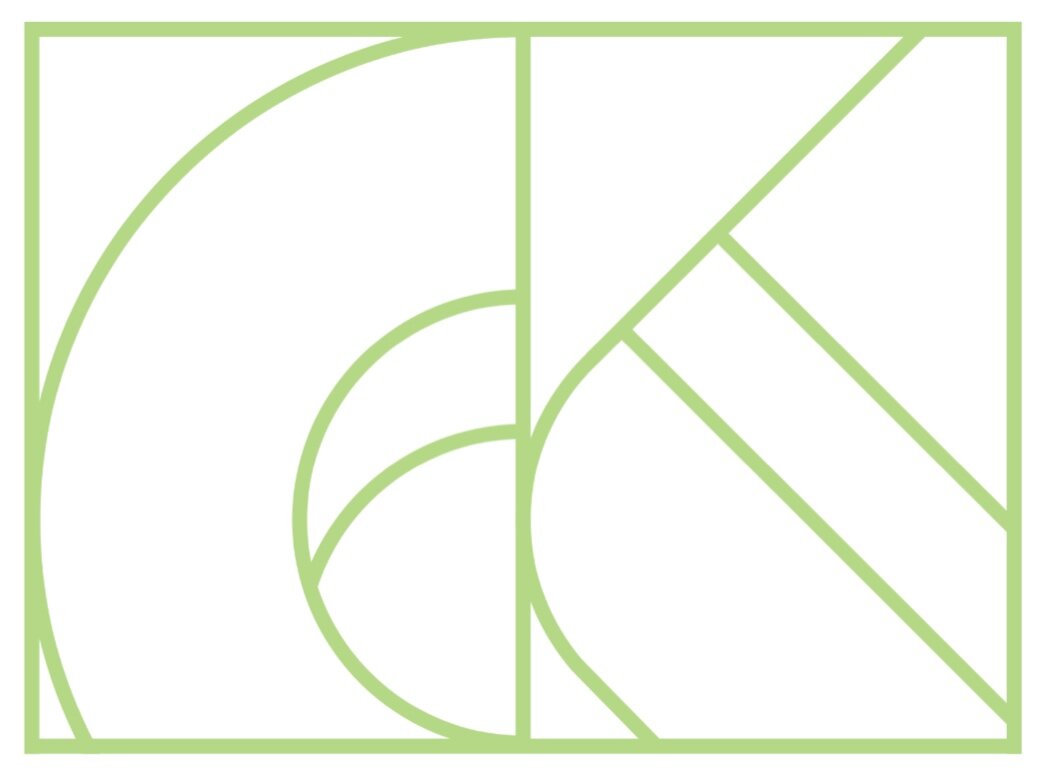Your Neck Has a “Core” Too! What is the Longus Colli?
In our last blog “How the Pelvis Moves the Neck'' we talked about how the position of your pelvis will influence the position of your upper back and neck. In this month’s blog we’ll dive deeper into the neck & cervical spine: what optimal alignment looks like, what happens when we come out of alignment, and how to realign and strengthen the neck.
Understanding the Neck
There are 7 vertebrae in the cervical spine, which are supported by strong ligaments (in particular the nuchal ligament), and as well as a web of musculature that surrounds the front, sides, and back of neck.
Our neck is responsible for moving our head around for us to see and interact with the world. It also serves the vital function of protecting our throat, windpipe, and the blood vessels that supply the brain. If you think about all the super important jobs our neck does, no wonder it occasionally feels tired! It, like the rest of our body, needs a strong core of support.
What does a “neutral cervical spine” look like?
As always, each spine is different. But, in general, a neutral cervical spine will stack your head right over the shoulders with a gentle forward arching curve (or “lordotic curve” in anatomy lingo).
Alignment matters, in the neck as in any part of the body, because when we stack the bones, gravity exerts less pull and load on the joints, and our muscles are free and easy to do their jobs without excess tension. When we fall out of alignment there is added compression and load on the spine.
The most common mis-alignment of the cervical spine is a forward head posture, where the head leans forward of the shoulders. The more your heavy head is forward of the shoulders, the more pressure we add to the neck and upper back. This pressure can lead to disc issues, spinal facet joint wear and tear, and general discomfort.
The neck has a core!
It’s pretty common knowledge that the core supports the back, and the same is true in the cervical spine - the neck has a core! The Longus Colli (which literally means “long muscle of the neck”) is often referred to as the core of the neck, offering the cervical spine support and stability. In a forward-head posture, the longus colli is overstretched, and not able to contract to support our spine in neutral. In response, the larger muscles of the neck tighten up in an attempt to create stability - but that’s not really their job. Those larger muscles are built more for movement, and when they act primarily as stabilizers the end result is often an achy neck which neither feels stable (because our neck’s core isn’t firing) nor mobile (because our movers are tensed up in an attempt to stabilize). If we release those larger muscles, bring our head back into alignment so that the longus colli is able to fire, then build its strength, we get a strong, free, and easy neck. Sounds good, right? Let’s try it!
Realigning and Strengthening the Neck
RELEASE: Gertie Ball Neck Release
~Soften the large muscles of the neck and encourage a gentle engagement in your longus colli! ~
Deflate your ball about half way.
Lay on your back with the center of the back of your skull on the ball. You should be able to relax your neck here - if not, try a little more air in the ball.
Tuck & Untuck your chin, keep the side of the neck soft. Do you feel a sensation under your throat as you tuck your chin? That’s your longus coli engaging!
Tuck your chin, pause - turn R & L
Draw an infinity sign with your nose on the ceiling (& reverse directions)
RETRAIN: Strengthen the Longus Colli
~ Strengthen the core of the neck with this simple yet effective exercise.~
Lie on your back and begin to tuck and untuck your chin, feeling the effect on the back of the neck
Hold the chin tucked, back of neck long
Keep the sides of the neck soft and imagine you’re about to hover your head off the ground
RESEARCH: Test your neck
~Can you engage your longus colli in an upper abdominal curl?~
Try this:
Lie on your back, with hands behind the head
Hover your head off the ground
Keep your head heavy and your chin tucked
**Keep your neck stable**
Feel the bottom end of the ribs press into the ground to lift you up
Did your neck stay stable with chin tucked and back of neck long? Were you able to keep the sides of your neck soft? If your neck felt tense, the larger muscles in your neck may be taking over for your longus colli. If your neck felt soft and easy, congrats! You can now progress to working on ab curls without the support of your hands behind your head.
If you can keep your side of neck soft and the chin tucked, hover your head 1-2 cm off the ground
REJUVENATE: Daily Neck Care
~ Reverse the tension placed on your neck with screen use periodically throughout the day, and your neck may feel better when you get down on the mat for Pilates! ~
Clasp your hands behind your head, holding the base of your skull in your hands.
Gently pull up.
Gently lean back — just a little, think 5-15 degrees — and let the weight of your head be supported by your hands.
Ahh! Feel the length!
In our blog “How Do We Counter Computer Posture,” we also talk a lot about shoulder strengthening, and the alignment of the upper back with a neutral neck. Once you’ve spent a bit of time releasing the superficial muscles of your neck, and finding and strengthening your logus colli, you’ll want to pay attention to how your neck is functioning throughout your full-body workout.
The upper back and shoulders in particular have a strong relationship with the neck. Can you feel your longus colli gently engage as you strengthen your upper body?
If that feels like a lot to pay attention to at once, you’re correct, and that’s one of the benefits of working with an experienced trainer. We’ll watch your form for you, and give you gentle cues and reminders when we see you coming out of alignment. Join us in class today for a healthier, happier neck tomorrow!
Let’s Move!
Book a group class or private session to use what you’ve learned:




